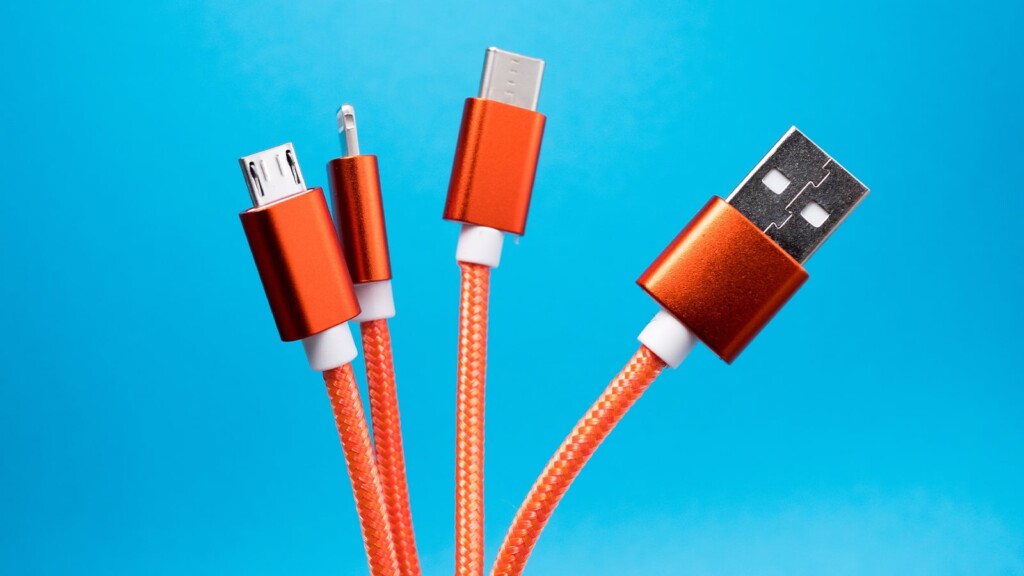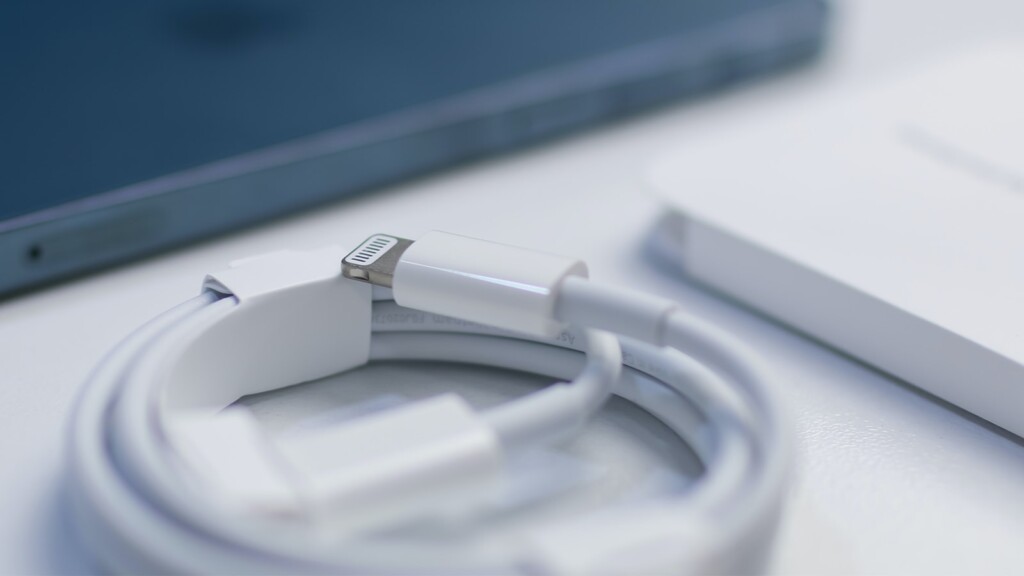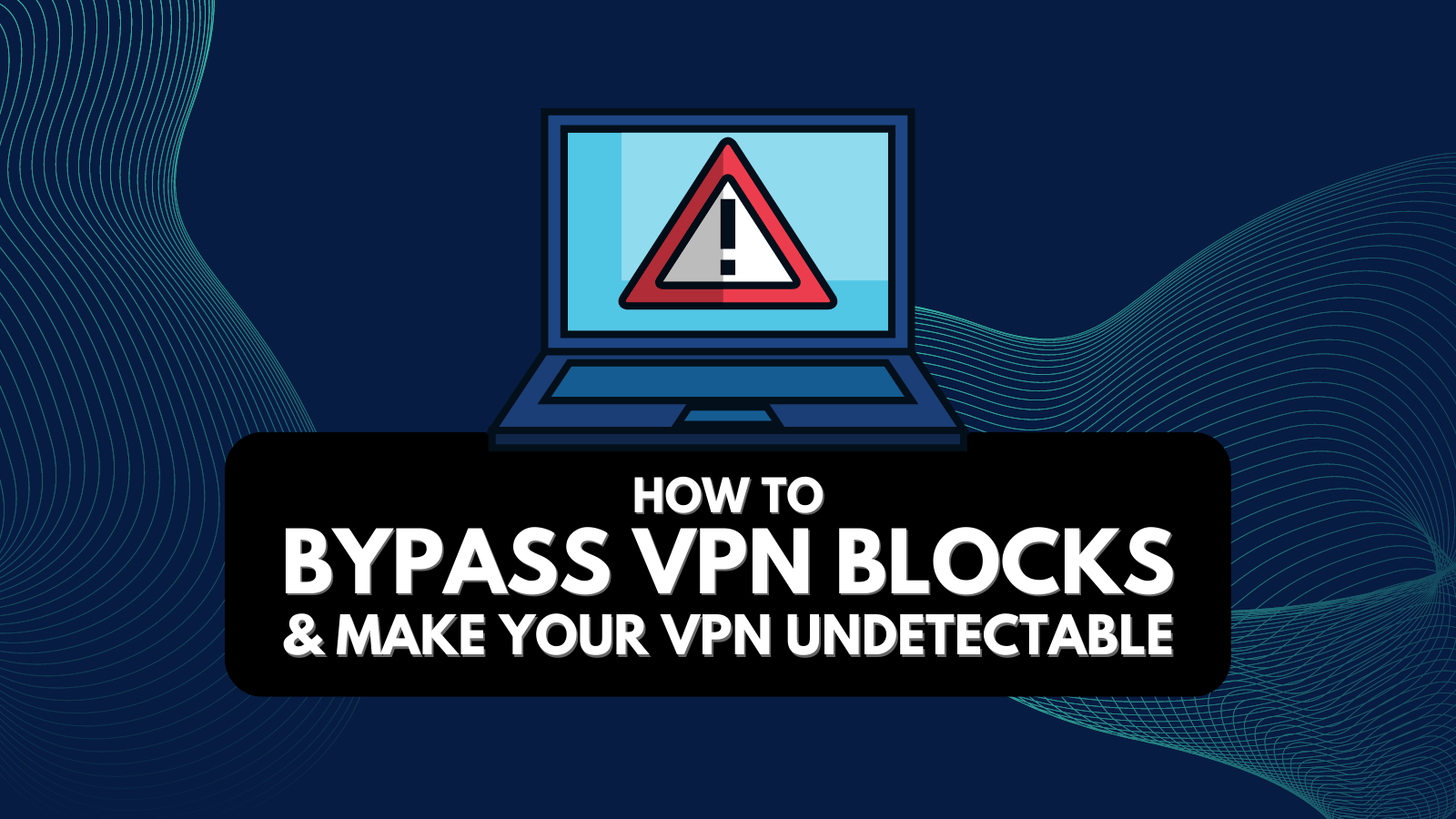
How to Fix a Broken iPhone Charger That Won’t Charge – 8 Different Solutions to Try Right Now!
When you're in a rush to charge your iPhone, the last thing you want to see is your phone refusing to charge. However, we've all been in that situation at least once. So, is there a way to fix a broken iPhone charger? Is there a possibility of repairing a broken charging cable or power adapter? We have the answers to those questions - so, keep on reading!
First, an essential piece of information: in general, we don't recommend trying to tamper with a broken charging cable or power adapter for your iPhone. With that said, we're going to give you plenty of helpful pieces of advice on how to possibly resolve your issue, so let's jump right in.
How to Fix a Broken iPhone Charger That Refuses to Charge Your Device?
There's plenty you can do to try and fix a broken charger, or at least to pinpoint the reason why your device refuses to charge. With that said, you'll want to go through the following steps.
- First, you should take a very close look at your phone's charging cable. No matter if you have an older or newer iPhone, you charge your phone using a Lightning-to-USB (A or C) cable. And yes, these are very delicate cables. So, inspect for any signs of damage. Do the same with the power adapter you use to charge your iPhone. To learn more about the possibility of repairing a broken charger, scroll to the bottom of this article.
- Then, try using several different wall power outlets. Before you do so, ensure that there are firm connections between your charging cable, USB wall adapter, and a wall outlet.
- You’ll also want to check if the Lightning connector (of your charging cable) goes into your iPhone’s Lightning port properly. Speaking of the Lightning port, you need to examine it closely. Try to remove any debris from the charging port (try to be very gentle and don't use anything sharp or metal). Keep in mind that if your phone's charging port is damaged, you'll need to have your device repaired by a professional.
- We also recommend trying to charge your iPhone for at least a half-hour (especially if your iPhone's battery is depleted and if your phone is turned off).
- In some cases, iPhones can refuse to charge due to a software glitch. With that said, you'll want to know how to force restart your device, trying to power it back on. You should do this after trying to charge your iPhone for at least thirty minutes. To learn how to force restart your phone, take a look below.
Press and then quickly release the Volume Up button, and do the same with the Volume Down button. Finally, press and hold the Side button until Apple’s logo appears on your iPhone’s screen.
Press and hold both the Side (or Top) button and the Volume Down button. Keep those two buttons pressed until you see the Apple logo on your phone's screen.
Press and hold the Side (or Top) button as well as the Home button. You need to keep those two buttons pressed until Apple’s logo appears on your phone’s screen.
The steps above are Apple’s official recommendations on how to fix a broken iPhone charger, as well as how to behave if your iPhone refuses to charge. However, we’ll supplement those tips with additional steps (found just below), so make sure to keep on reading.
What Else Can You Do When Your iPhone Charger Won’t Charge?
Perhaps your iPhone's charger isn't the reason why your phone doesn't charge. With that said, we'll try to help your pinpoint the exact cause of your issue. That means that you'll also want to try the following as well.
- Is the Power Outlet Turned On? Keep in mind that some power outlets might come with individual switches, which is usually the case across European countries. Also, if you're using an extension cord, check whether it's turned on (there should be a switch on one of its sides or an indicator light). Don't tamper with any wall outlets, though.
- Did You Check the Fuses? Every house or apartment comes with a fuse box (in most countries). Depending on where you live, these can come in different shapes. However, they typically work in the same way. You need to open the fuse box and then check for a flipped breaker and flip it back. Some countries follow a different model, with fuses built into wall plugs. However, if you're not sure what you're doing, you'll want to consult a professional.
- Did You Try a Different Cable (or Power Adapter)? Try to think if you have more than a single charging cable in your home. Also, keep in mind that iPhones use Lighting-to-USB cables, so you can't use an Android charging cable.
What Are the Causes for an iPhone Charger to Stop Working?
Charging any battery is a very complex process. With that said, plenty could go wrong (even though today’s batteries are highly reliable and safe). In terms of Apple’s smartphones, these are the typical causes for a charger to stop working.
- The wall socket you're trying to use could be turned off, or it might be damaged. That's why we've recommended you try charging some other device using that same wall socket.
- Keep in mind that your phone's charger consists of two parts. Unless you've purchased the latest iPhone (iPhone 12), you've received a charging cable and a power adapter in the box. The newest iPhone generation comes without an adapter, so you'll need to supply your own. With that said, if the charging cable or the power adapter are damaged in any way, the process of charging your device will stop.
- And lastly, there could be either a software or hardware problem with your iPhone. For example, your phone’s charging port could be damaged, which can happen on older iPhones and especially if you haven’t been careful with your phone in the past.
Should You Try to Repair a Broken Lightning Cable on Your Own?
No, we don't recommend trying to repair a broken Lightning cable on your own. That's because Lightning cables are very delicate. They consist of four wires that need to be treated carefully, and you'll also need to slice open the insulation and make sure everything is connected correctly to the circuit.
Considering that Apple’s charging cables cost $19.00, we recommend buying a new one. More precisely, you can choose from a Lightning-to-USB-C (this cable comes with newer iPhones) or a Lightning-to-USB-A (this one used to come with older iPhones).
Should You Try Repairing a Broken Power Adapter for Your iPhone?
No, you shouldn’t try fixing a broken power adapter. Even if you know what you’re doing, power adapters can behave unexpectedly if tampered with or modified. Keep in mind that Apple’s power adapters cost around $19.00, so there's no reason to try and repair a faulty power adapter on your own.
When it comes to Apple’s power adapters, you have two options right now. If you have a Lightning-to-USB-C cable, you need this 20W USB-C Power Adapter. And if you have a Lightning-to-USB-A cable, you should buy this 5W USB-A Power Adapter.
This is where we end our tips on how to fix a broken iPhone charger. If you have any questions or doubts, feel free to post a comment below. And finally, we'd like to thank you for reading!














